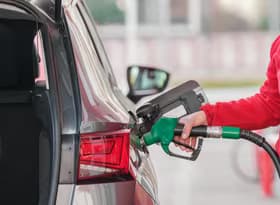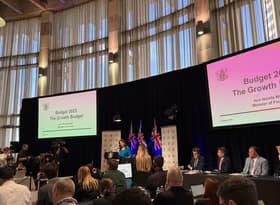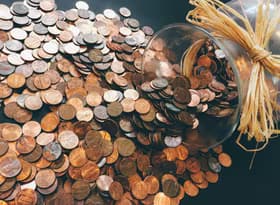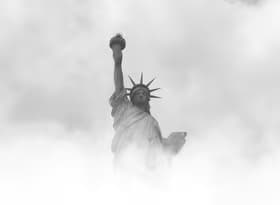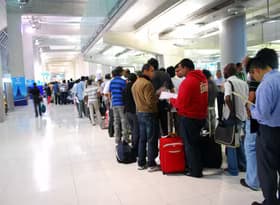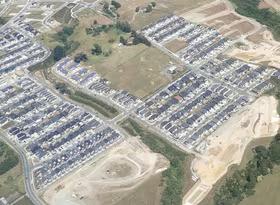
What does Christmas shopping tell us about the economy?
Boxing Day spending was big for 2024, but looking at the broader Christmas spending trends implies that shoppers are still conscious about how they’re spending, and it appears that shoppers are looking for bargains before being convinced to part with their cash.
A few highlights:
- Boxing Day 2024 spending was up 13%pa – the largest annual growth in a decade.
- Spending for 1-24 December was down 0.9%pa, although spending in the first two weeks of the month was above a year ago.
- Spending on Boxing Day was probably still larger than on Black Friday in 2024, but the Black Friday weekend is becoming more important.
- Christmas Eve and the few days before Christmas are still the biggest spending days.
Boxing Day spending up 13%pa
Spending on core retail (excluding food and liquor sales, and hospitality, to give a clear read of retail spending appetites) saw $67.7m spent on the Worldline payment network on Boxing Day, up 13% from 2023. That percentage increase was the largest in a decade*. The increase makes sense, as interest rates are falling and consumer confidence has been improving. However, just because Boxing Day was booming, doesn’t mean it was all a stronger spending message coming through.
Worldline data also shows that spending (combined retail and food/liquor sales) over the first 24 days of December was down 0.9% from a year ago – equating to $29m less in spending. But for the first week of December, spending was up 3.8%pa. Infometrics analysis shows that for the second week of December, spending was down 1.2%pa, leaving the first two weeks of December sitting up 1.2%pa. The next 10 days (15-24 Dec) were down 3.0%pa from a year ago.
That drop at the end of the Christmas spend-up is also consistent with the dip in peak transactions observed on Christmas Eve (down just over 3%pa).
Looks like we're hunting for bargains and sales
Put another way, spending was up compared to a year ago at the start of December, but then tapered off and slipped lower as we got closer to Christmas, before another burst of spending on Boxing Day. That trend implies shoppers were bargain hunting, and that sales and discounts were a driver of activity.
That conclusion is reinforced by Worldline highlighting that average transaction sizes have been falling – down by 2.8%pa on Black Friday and down 1.1%pa on Boxing Day. Together with the fact that spending was strongest (relative to a year ago) around Black Friday and the start of December (including Cyber Monday and the end of the Black Friday sales) and on Boxing Day, but weaker in the two weeks before Christmas, says that sales were a driver of activity. There aren’t many pre-Christmas sales, hence the weaker spend relative to a year ago, but Boxing Day sales (and Black Friday, to a degree) did drive more spending.
What does that all mean? The higher spending at the start of December and on Boxing Day is an encouraging sign for the economy. But the caution among consumers and the fact that people are still looking for bargains says the economic pick-up is unlikely to be a rapid one.
About the data
*There’s no published timeseries of Worldline/Paymark spending on Boxing Day, and so Infometrics has compiled data from the last decade from previous releases. These releases often have different definitions – until 2020, Boxing Day spending included all card spending, and for 2020-2024 food and liquor spending was included but hospitality was excluded. To create a consistent timeseries, we have back-cast spending based on the stated percentage change for each year, based off the 2024 figure.



